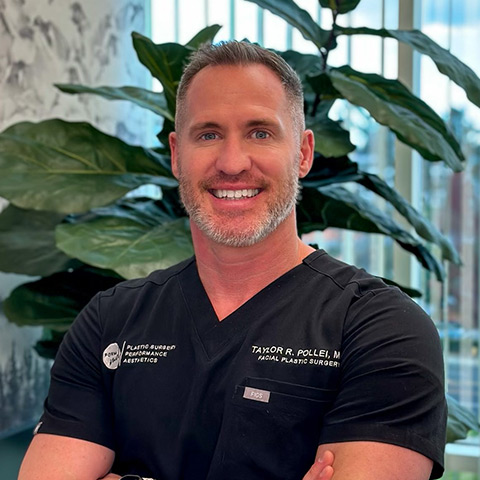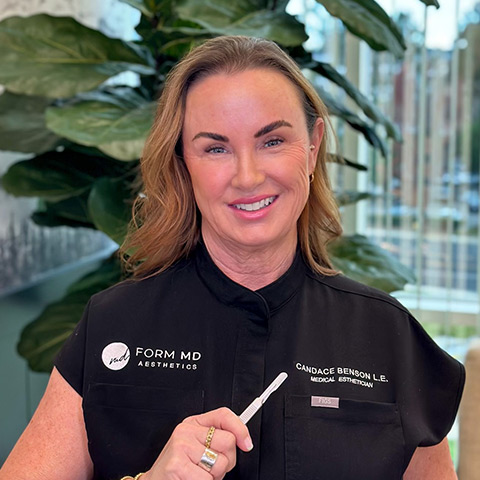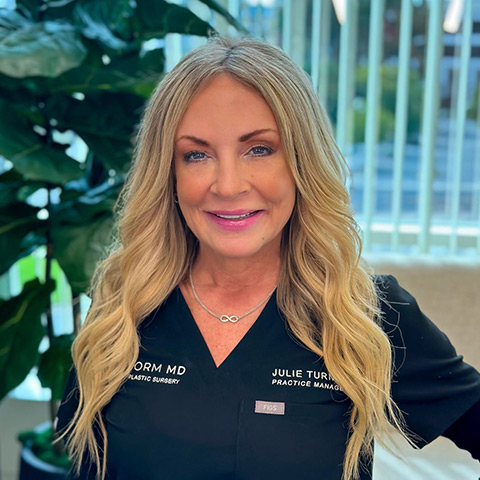Bold.
Simply Beautiful.
Our Services
Face
Body
Hair
Injectables
Our Products




Alastin
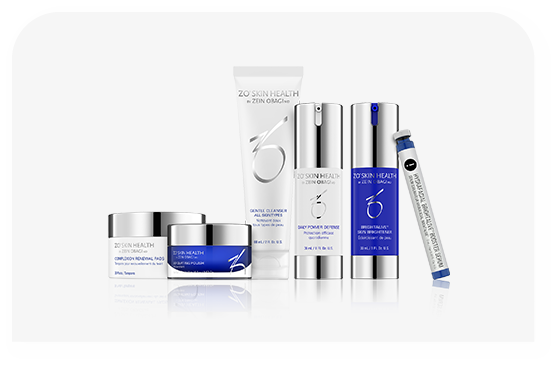




ZO® SKIN HEALTH





ALASTIN
Patented and clinically tested formulations that rejuvenate the skin and reverse visible signs of aging. Alastin products are focused on science-powered skincare.





ZO® Skin Health
ZO® Skin Health combines skin science with comprehensive solutions and protocols to create medical-grade skincare for anyone regardless of age, ethnicity, or skin type.
About Us


Your individual needs come first at Form MD Aesthetics. Our approach involves spending quality time getting to know you and your concerns, goals, and wants. We strive to help every one of our patients navigate the many products and treatments available in order to discover the combination that is best suited for you, such as laser hair removal or Botox and fillers in Mission Viejo. Whether you are looking to make a significant change to your appearance or subtly freshen up your skin, we can help you leave our medical spa feeling informed and confident.
taylor pollei, md
Dr. Taylor Pollei is a fellowship-trained facial plastic surgeon who is board-certified by the American Board of Otolaryngology. Dr. Pollei takes an innovative approach to patient care. His patients appreciate his professional, attentive, and kind demeanor, and are confident that Dr. Pollei is consistently aiming to provide the best possible experience for patients in Mission Viejo, CA.
At Form MD Aesthetics, we use the latest technology in patient care. Our innovation means that we can always provide the best results at our Mission Viejo medical spa.












My results were better than I expected and not ONE person has asked if I “had work done on my eyes.” Only compliments that I look happy and younger lately! Dr. Pollei is a true professional, very warm and personable bedside manner. I love that he refuses to do any work that would make the patient look superficial. I was so nervous to have Bleph surgery but it was quick and easy with minimal downtime. I highly recommend Dr. Pollei.
I can’t say enough about how impressed I am with Dr. Pollei and his staff. I had a rhinoplasty/septoplasty done, and a pretty challenging one at that from past broken noses. Dr. Pollei did an amazing job! His demeanor is patient, kind and caring and his work is impeccable. I couldn’t be happier with my results. Also, his staff was so helpful throughout the entire process. They are always there for anything I need. I am genuinely grateful to him and his team.
Dr. Pollei is amazing!!! Highly recommend! He takes the time to listen to what you are looking to get done and makes sure you get the best looking results. The whole process went smoothly and his entire staff was so friendly. I will definitely be returning in the future.
My results were better than I expected and not ONE person has asked if I “had work done on my eyes.” Only compliments that I look happy and younger lately! Dr. Pollei is a true professional, very warm and personable bedside manner. I love that he refuses to do any work that would make the patient look superficial. I was so nervous to have Bleph surgery but it was quick and easy with minimal downtime. I highly recommend Dr. Pollei.
I can’t say enough about how impressed I am with Dr. Pollei and his staff. I had a rhinoplasty/septoplasty done, and a pretty challenging one at that from past broken noses. Dr. Pollei did an amazing job! His demeanor is patient, kind and caring and his work is impeccable. I couldn’t be happier with my results. Also, his staff was so helpful throughout the entire process. They are always there for anything I need. I am genuinely grateful to him and his team.
Dr. Pollei is amazing!!! Highly recommend! He takes the time to listen to what you are looking to get done and makes sure you get the best looking results. The whole process went smoothly and his entire staff was so friendly. I will definitely be returning in the future.












